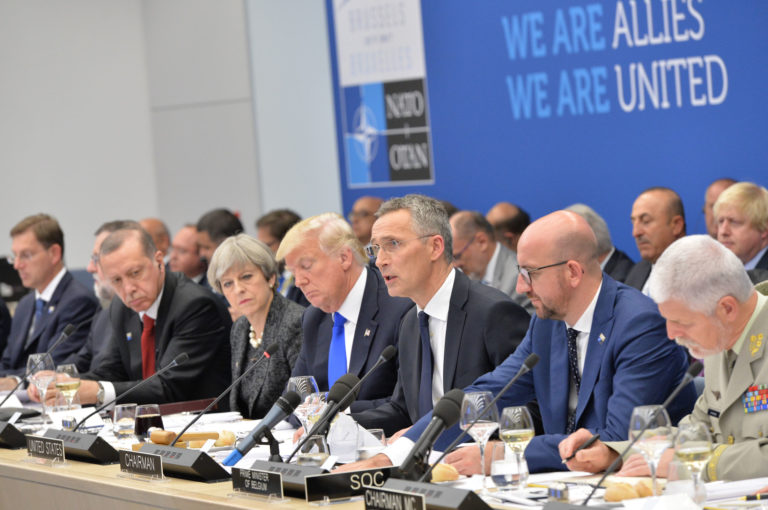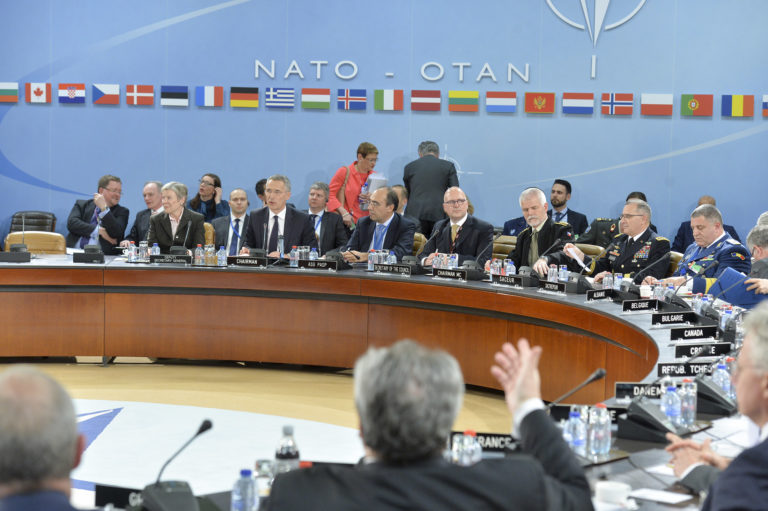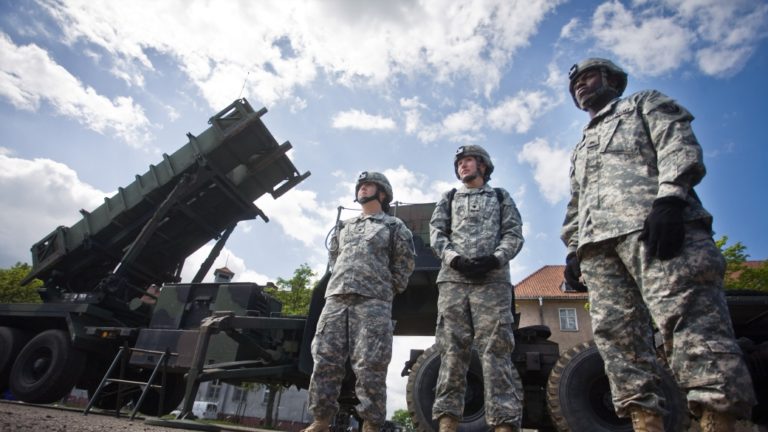Counting Dollars or Measuring Value: Assessing NATO and Partner Burden Sharing
Discussion over transatlantic security spending has increasingly focused on whether NATO members are spending 2% of their GDP on defense and the merits of 2% as a metric for assessing burden sharing. In addition to analyzing current NATO metrics, this report examines several alternatives that provide a broader understanding of collective security contributions and could improve the rigor of security spending analysis.










